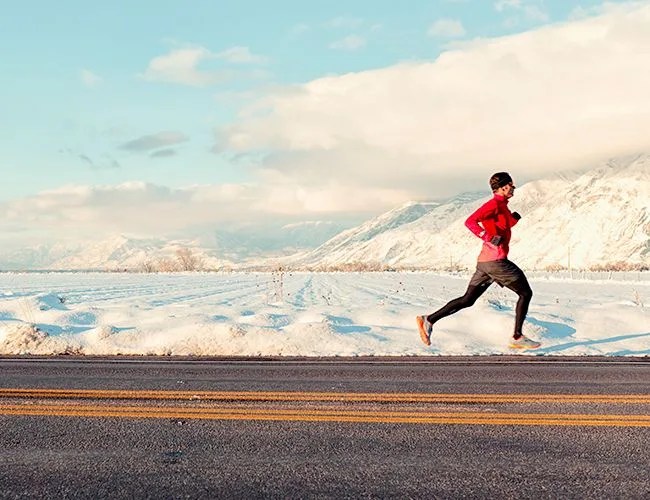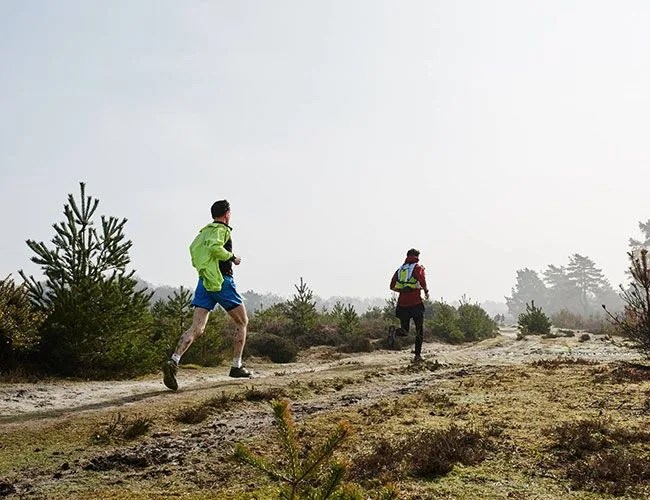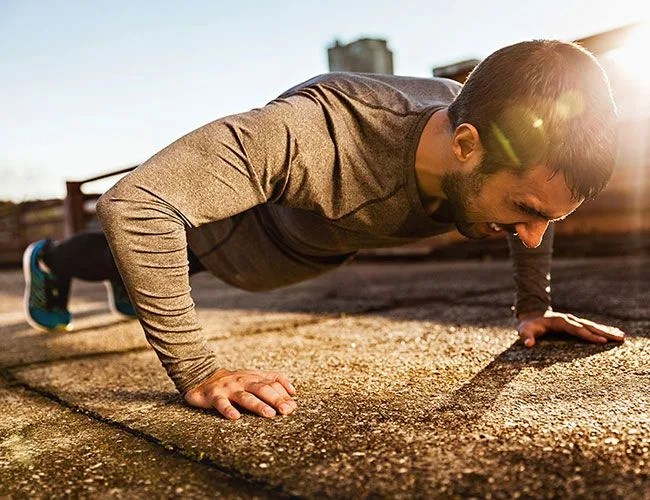Running is something we humans have been doing for thousands of years. Our bodies are built for it. But that doesn’t mean you can just hop off your couch and dominate the the New York City Marathon. A marathon takes months of preparation, training and perfecting technique. But even if you just want to improve your run so you can exercise more or run with friends on weekends, having good form and being strong will improve your likelihood of injury-free success.
On top of a growing list of podium finishes at marathons, half-marathons, 50k /100k and 100-mile races, Michael Wardian holds world records for marathons and has completed The Badwater Ultra — 135 miles in Death Valley. It’s safe to say the man knows how to run, so we asked him for a few pointers on increasing strength and improving mobility to become a better runner.
For Strength
Hold the Pace



